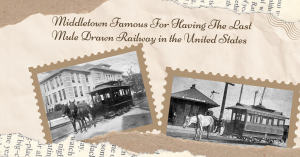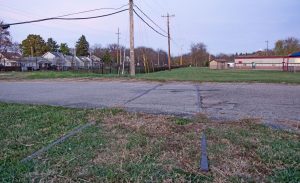
By Jonah Soolman
This blog entry, hopefully, is not a work of historical fiction. Everything I write here is true to the best of my understanding, and if I am off base then I hope that someone will set the record straight.
Growing up in Needham, I had absolutely no idea that an abandoned right of way splintered off the main line through town at Charles River Village and extended northwest to the long-since-gone Baker Estate until I read about it in Ronald Dale Karr’s Lost Railroads of New England this summer. Of the route, labeled 10B in his book, Karr writes, “Built to serve a resort hotel at this obscure branch was operated summers-only from 1879 until about 1885 and was abandoned in 1889.” The rails themselves have long since been ripped up, and much of the two-mile corridor has been landscaped beyond recognition. I wonder how many of the homeowners along that stretch know that a railroad literally used to run through their backyards.
Once I learned of this railroad, I set out to find any trace of it that I could. Over the summer, I found what I believe to be the ruins of the Ridge Hill Farms train station. Locating the right of way, however, proved much more difficult due to the aforementioned construction, my respect for private property that kept me from trespassing, a vague sense of where the rails used to lay, and thick vegetation.
In October, a volunteer at the Needham Historical Society told me that the right of way was still accessible via one of the town’s trails, but he could not remember which one. Upon hearing that, I used the same maps that helped me locate the ruins and a town trails maps to explore the public lands near the Charles River where I believed the right of way existed.
My first couple of trips yielded nothing but uncertainties, but as the tall grass and vegetation receded for the coming winter, I was able to find what I believe is the right of way on my third visit. Following this paragraph, I am sharing a collection of photographs on which I have superimposed yellow lines to show where I believe the tracks were. Nearly 130 years after rails were ripped up, it is amazing that their mark on the land remains.








